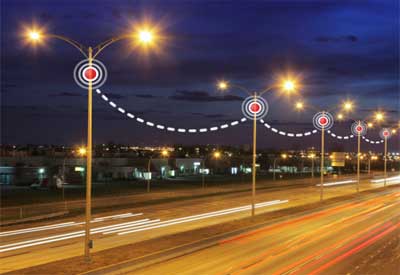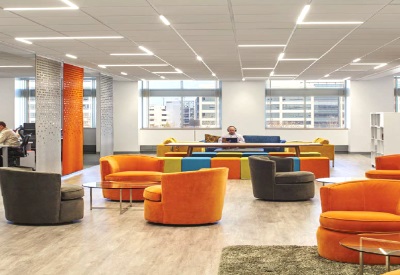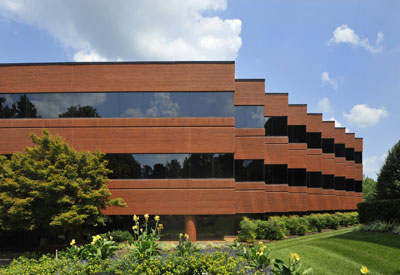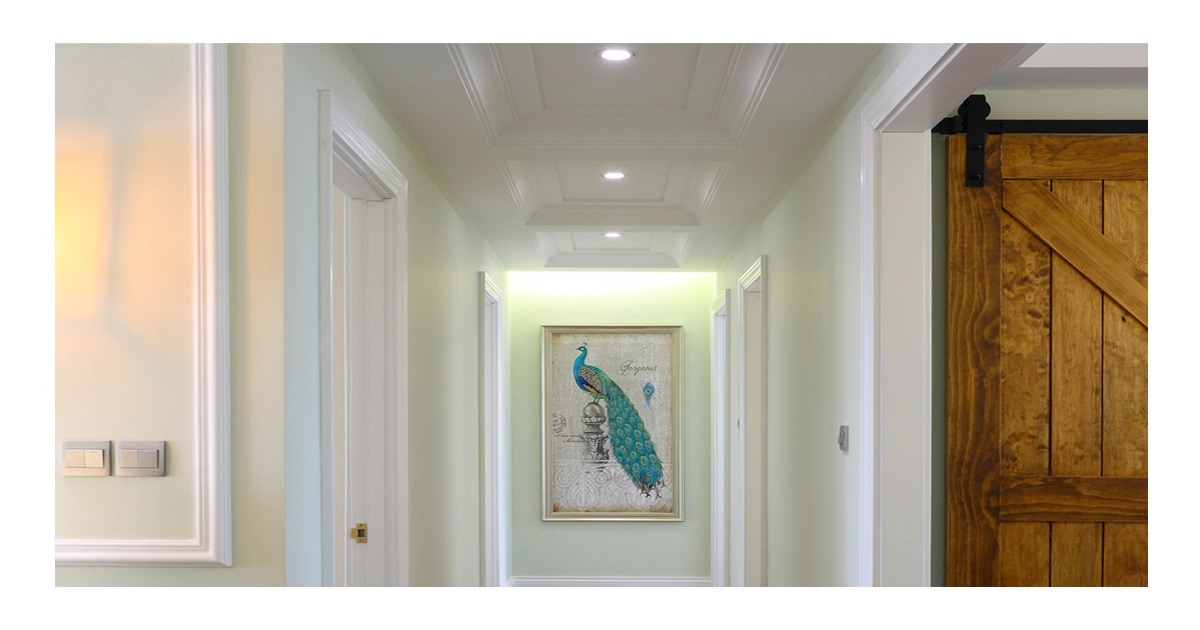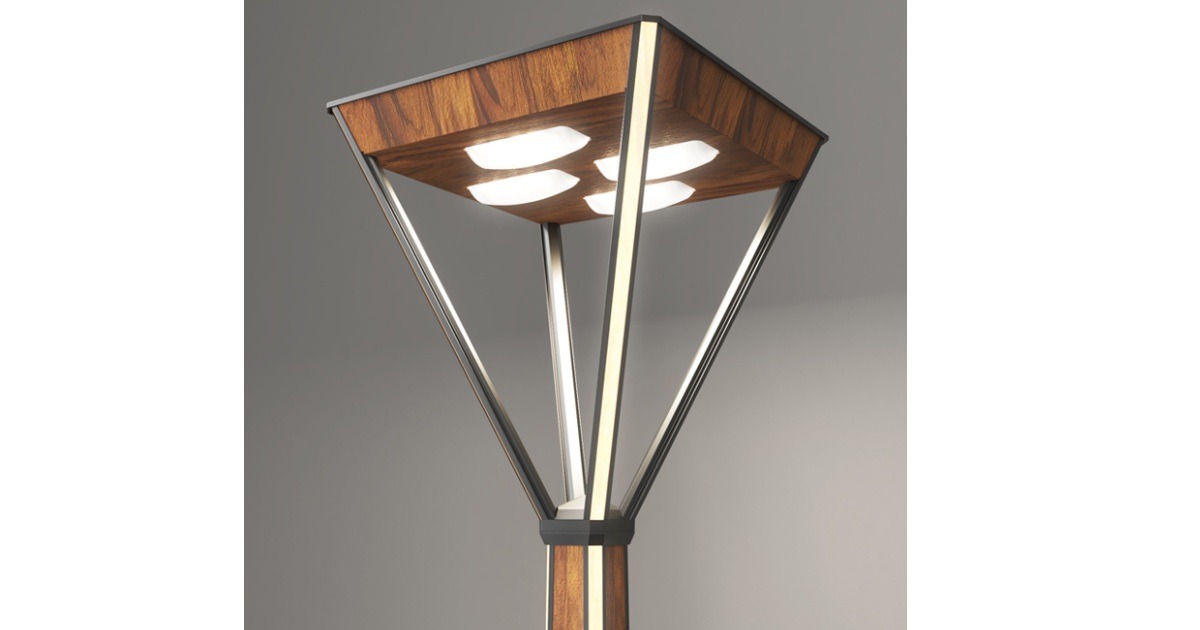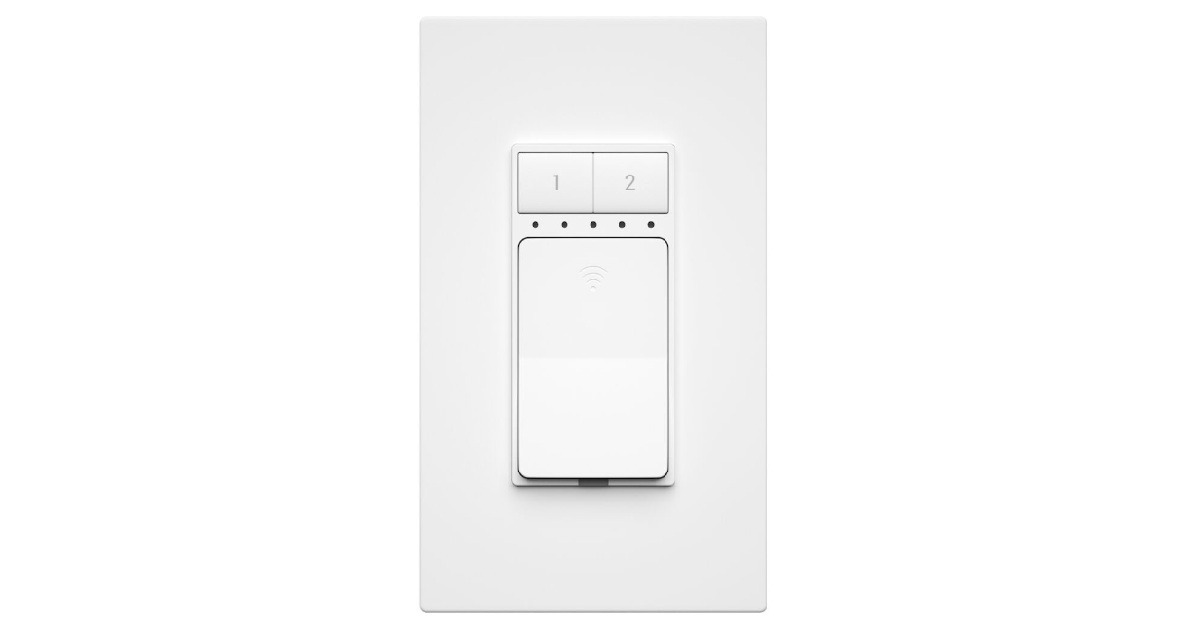Emergency Lighting: Looking Towards a Sustainable Future in 2023
May 15, 2023
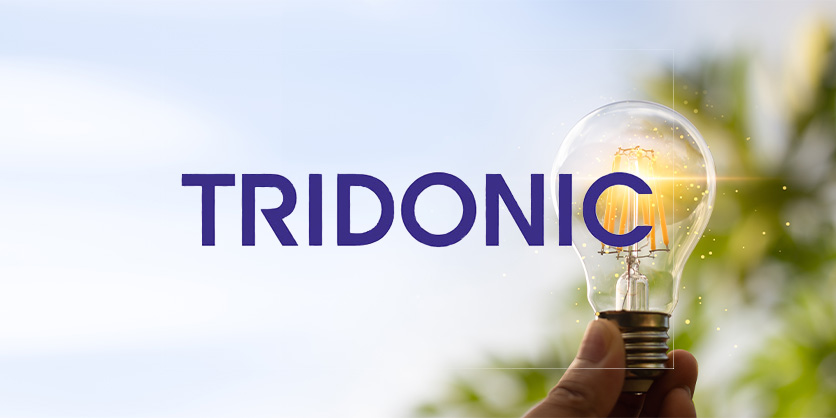
A recent update to the RoHS directive will see the removal of fluorescent lamps from sale in Europe in September 2023, with the UK following suit by February 2024. RoHS is the Restriction of the use of Hazardous Substances, restricting the use of mercury in lamps. The RoHS directive will guarantee a phasing out of non-sustainable light sources, leading to increased production and sale of energy-efficient solutions.
The ban on fluorescent lamps will have a huge impact on all areas of the lighting industry, including the emergency lighting sector. As a world-leading provider of smart, efficient lighting solutions, Tridonic are striving towards safe, sustainable emergency lighting solutions that meet both RoHS standards and safety compliances.
Assessing Emergency Lighting to Meet Net Zero Targets
Emergency lighting is a critical factor in building safety and as such, must comply with safety regulations. With the removal of fluorescent lamps and the introduction of new light sources, risk assessments and safety testing must be considered as a requirement to meet.
Reducing the use of energy while ensuring maximum output is one of the greatest ways to lower both energy consumption and embodied carbon. The use of LiFePO4 batteries provides greater energy and environmental benefits compared to NiCd or NiMH solutions. LiFePO4 is made with non-toxic materials, reducing the impact on the environment at the end of a battery life. The eight-year design life and longer associated warranties ensure that this battery remains an effective solution for up to a decade.
By setting the curve with sustainable lighting solutions, Tridonic products are compliant with the new RoHS standards. LiFeGUARD is a third wire battery protection system with multiple safety features incorporated for the cell, battery pack and emergency driver. LiFeGUARD protects against overcharging, short circuiting, and extreme temperatures during charging. The mains voltage changeover threshold is according to EN 60598-2-22 standards. LiFEGUARD ensures a guarantee of five years and a lifetime of up to 100,000 h.
Emergency Lighting Which Enhances Sustainability
Emergency lighting and sustainability are both key factors for the built environment of the future. LEDs are proven to be around 80-90% more energy efficient than traditional luminaires, including fluorescent lighting. LED lights can last up to six times longer; therefore, the replacement rate and consequential waste are much lower. Due to their higher quality output, fewer luminaires need to be used to produce the same effect. Modern LED luminaires are not produced using harmful materials such as mercury, instead using more recyclable materials.
Energy efficiency is achieved through LEDs combined with LiFePO4 battery technology. Charging on demand rather than providing an inefficient constant charge ensures a longer lasting battery and lower power consumption, and therefore lower CO2 consumption.
Tridonic have integrated a wide range of emergency lighting solutions with LED luminaires; LED modules are integrated into emergency lighting sources and Accu emergency lighting drivers. If further energy savings are required, luminaires can be linked to the Tridonic sceneCOM evo DA2 application controller – this single DALI-2 control system provides independent lighting control for up to 192 DALI control gears, including emergency lighting test scheduling and monitoring.
The Future of Energy Efficient Emergency Lighting
Looking forward to the future of emergency lighting, it is predicted that the technology shift will veer towards self-test and PRO solutions to guarantee a successful emergency test, versus reliance on manual ‘Basic’ testing. This will have a two-fold of efficiency benefits; one for the end client in terms of energy consumption and embodied carbon, while the second is a much more stable technology, resulting in longer life and reduced maintenance requirements.

Alec Fielding, Regional Sales Manager of Tridonic UK stated: “By ensuring that emergency lighting solutions meet the new RoHS standards, this is one step towards creating a sustainable future for the lighting industry that Tridonic are proud to be leading.
“We are striving to implement sustainable solutions which really make a difference. This includes continuous investment into R&D in our UK facility and looking at new technologies to make further reductions in the overall impact of energy. By consistently analysing products and production processes in line with the circular economy, we help our customers to achieve long-term sustainability goals.”
Discover more about Tridonic’s sustainable lighting solutions here: https://www.tridonic.com/en/int



